Mind Power Techniques for Solving any Problem
By Susanna Sweeney, MSC, MBACP, CHT
The mind power techniques for problem solving I will introduce you to in this article can help you reach solutions to your problems fast and effectively.
This article is written as a comprehensive guide. It is designed to teach you some useful problem solving skills that will optimize your use of your brain power for problem solving.
These techniques will help with any size problem, big or small- everyday or exceptional, theoretical or practical. You can even use these techniques to find answers to life problems that are bothering you and to make changes in your life.
I recommend you start using the techniques in this guide for small everyday problems first. Once you are comfortable using them, gradually move on to using them for resolving bigger issues. The best way to learn is to work through the exercises I provide here. I recommend you bookmark this page so you can come back to it any time when you are ready to move on to the next part.
What are Mind Power Techniques for Problem Solving?
Mind power techniques for problem solving are designed to help you navigate the challenges posed by problems in a calm and centered and solution focused way. This means harnessing and using your brain power to best effect so that your efforts pay off and you are using your energy economically rather than wasting it.
The mind power techniques I have chosen for this article draw on a variety of approaches, such as psychotherapy, hypnotherapy and cognitive psychology. These are tried and tested techniques that I have used with clients and on myself, so I know these techniques work. If you work through this guide systematically, they will work for you, too.
So, let's get going, step by step.
Mastering Difficult Emotions
When you are faced with a problem, especially a complex one, an immediate response is often to go to overwhelm.
- You may feel overwhelmed once you realize the problem is quite complex.
- There may be time pressure that is causing you to feel panic.
- You may experience self doubt. It is easy them to go to old self destructive belief systems such as: 'I can't do this.'
However, panic and negative emotions won't help you. In fact, they will make matters worse. If you engage with them, they will block your creativity and ability to think clearly.
The first step in mastering these difficult emotions is in identifying them clearly.
Exercise #1 Identifying Difficult Emotions
Take about ten minutes to sit down quietly and undisturbed. Take out a notebook or piece of paper. Divide your page into two columns. On the left half of the page, write a list of the emotions you are experiencing. On the right half, write down the corresponding negative thoughts or beliefs. For example:
Emotion:
- I feel panic.
Corresponding thoughts/ beliefs:
- I am afraid I won't have this project ready on time.
- I am afraid I am not able to do this.
Exercise #2 Calming Difficult Emotions
It is important to remind yourself that typically, there is always a solution to your problem. You may not see it right now. However, the more trust and confidence you can have that there will be a solution, the higher your chances of finding one in good time.
Take out the list of difficult emotions and corresponding negative thoughts and beliefs that you made in the first exercise. Look at it while starting to write a new list. Go through the thoughts and beliefs one by one.
Write down answers to the following questions:
- Is this emotion in proportion with the issue you are faced with, or is it out of proportion?
- What can you tell yourself to calm this emotion down?
- For each negative thought and belief, how can you turn this around into a positive, self supporting statement?
For example:
Emotion:
- panic
Corresponding thoughts/ beliefs:
- I am afraid I won't have this project ready on time.
- I am afraid I am not able to do this.
Is the emotion in proportion with the size of the problem?
- No, because this is only one of a number of projects.
What can I tell myself to calm this emotion down?
- Even if I don't do too well on this one, I will learn skills I can use in the next one.
Positive self supporting statement:
- I can approach this problem calmly and with an open mind.
Calming negative emotions with a lot of charge
If there is a lot of charge with the negative emotions you are experiencing around the issue you are faced with, you can design simple auto suggestions to help calm yourself.
Two good generic examples are:
- "I am able to find a solution." and
- "It is safe to feel calm and centered while working on a solution."
Repeat these to yourself each time you feel the negative emotion rising, as often as you need to in order for the negative emotion to calm down.
Now that you have calmed down any negative emotions, you are ready to analyze your problem thoroughly.
Analyzing Your Problem
Before you can solve your problem you need to be clear what you are dealing with. Analyzing your problem alone can bring some clarity into the situation. I will give you two basic methods for analyzing a problem, list writing and mind mapping.
Many sources favor mind mapping over any other method. Personally, mind mapping has never worked for me. I am a list person. Therefore, I believe that both methods can work equally well. It's simply a question of your preference and what works best for you . Try them both out and take note of how they work out for you.
Important issues to look out for in your analysis:
- At this stage all you need to achieve is making the problem clearly visible and understandable with all its components
- Look for patterns in relation to your problem
- Be clear as to what assumptions you are making
- Avoid drawing premature conclusions
Exercise #3 Analyzing Your Problem by Writing a List
List writing is fantastic for putting structure on things- for making your thoughts tangible. Having them down in written form will help your mind grasp all aspects involved much better- without going to overwhelm.
You can write lists in a 'Notes' app on your phone, or, if you prefer the traditional way, simply take out your notebook or a piece of paper. Make sure you are undisturbed for about ten minutes.
Write a list, in one, two or as many columns as you like, answering the following questions:
- Can you identify any particular core of this problem and if so, what is it?
- Can the problem be broken into various parts, and if so, what are these parts?
- Do you need to consider the particular reasons or causes for your problem? If so, what are these?
- What other aspects play into this problem?
- Is there any information available that can help you gain clarity about this problem, and if so, what is it or where can you find it?
- Does this problem remind you of any other problem you have encountered previously? If so, what was the core of the problem then, and what was the solution?
- Is there anything else that comes to mind about your problem as you are writing?
Hold on to the list you have written. You will need it for the following exercises on problem solving.
Exercise #4 Analyzing Your Problem Through Mind Mapping
Mind mapping is a very popular technique for those who prefer visuals over the written word. You can do this using a mind mapping app on your phone, or, again, using pen and paper. Set aside about ten minutes.
How do you go about making a mind map? Simply start with what you currently perceive as the core of the problem. Write this down in a circle in the middle of your page. If you like, you can use visual cues such as symbols, icons or small sketches alongside.
From there, send branches in all directions and write down everything else you can think of that is associated with your problem, representing each item in a circle.
If you like, you can structure the page in such a way that the hierarchy or particular relationships between items become clear. You can use sub-branches to do this. Consider your problem from all angles.
The mind map you are producing should become a visual snapshot of your problem- in all its complexity. To achieve this, it may be helpful to work through the list of questions I gave you in the list writing exercise above.
When your mind map of your problem is complete, hold on to it for the next part- problem solving.
Exercise #5 Formulating Your Problem as a Series of Questions
Formulating your problem as a series of questions is a very clever mind power technique that enables your mind to switch from analyzing the problem to focusing on finding a solution. Asking questions over making statements about the problem will put your mind into action mode to mobilize all its powers for finding a solution.
Take out the notes or mind maps you prepared when analyzing your problem.
Formulate your problem as a series of open questions. Open questions are those which invite a long answer instead of a yes or no answer. Open question often start with question words such as how, why, when, where and what.
For example:
- What would need to happen so that I could do x?
- How does aspect x impact on the problem?
- Why did I not get the desired result when I tried x?
- When would it be appropriate to ask for x?
Once you have your list of questions in place, you are ready to move on to finding solutions
With the clarity and insight gained from analysis and from formulating your problem as a series of questions, you are now ready to move on to finding creative solutions.
Mind Power Techniques for Problem Solving
The Correct Mindset to Adopt
While working through my mind power techniques for problem solving the best mindset to adopt is one of challenging any assumptions you may be making, and of suspending judgement until the very end.Rigid assumptions will close down potential avenues to solutions, while premature judgement will bring you incomplete or unsatisfactory solutions.
Make a deal with yourself now to slow down so you can be fully present and to stay open minded all the way along.
Exercise #6 Listing Writing for Solutions
The first and simplest technique to try which works well for smaller issues is to simply write a list of any and all possible solutions you can think of to your problem. Listing things is great because it gives your brain a structure to work with. You will find that once you have the first item written down, more ideas will come easily.
Set aside about ten minutes for this. Use the app on your phone or pen and paper/notebook as you prefer. Look at the mind map or list you made when you analysed your problem.
Now write a list of possible solutions.
Ask yourself:
Taking into account all aspects of this problem, how can I arrive at a solution that works?
Simply start writing, even if what comes out first seems like 'nonsense'. It is important not to discount or exclude any ideas that come, simply write them down even if they seem unrealistic.
Once you have completed the list and cannot think of any more ideas, put it aside and take a break. When you come back to it after the break, evaluate the ideas you wrote down taking into account all aspects of the problem.
Ask yourself:
How well will each of these solutions work? Do the solutions listed solve all aspects of the problem? Is there anything missing? What are the pros and cons of each possible solution?
If the listing technique does not bring you the desired results, or if your problem is rather complex, try some of the other mind power techniques for problem solving below.
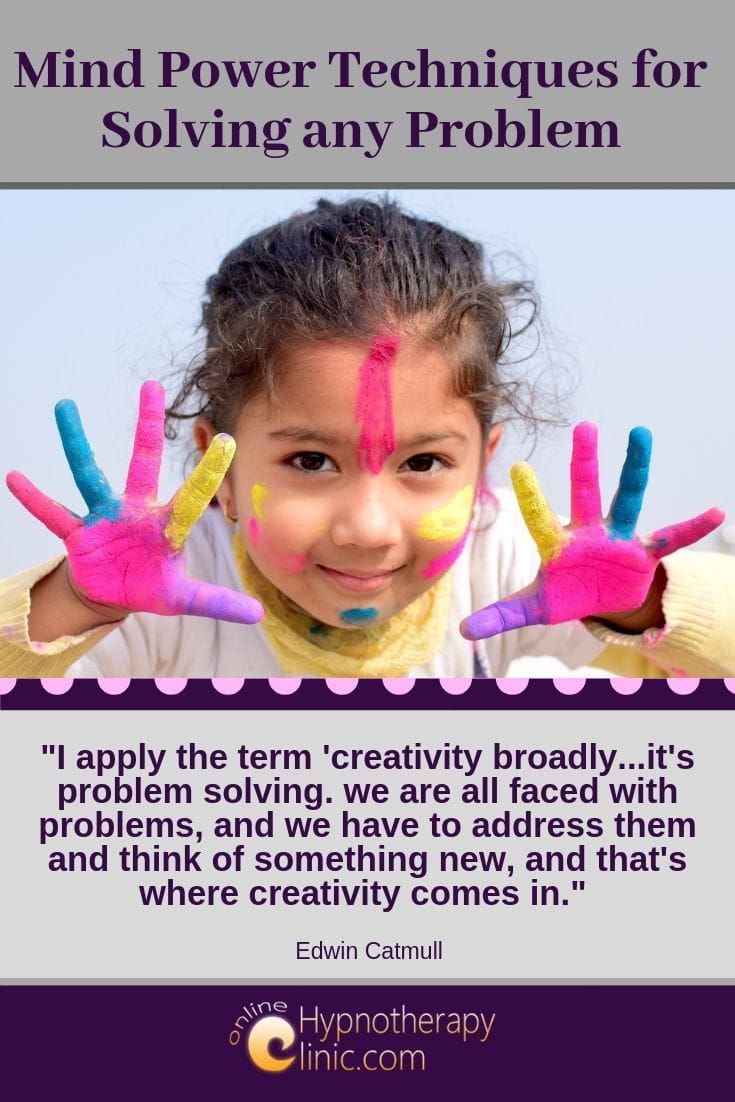 The mind power techniques of involving your subconscious mind and questioning your assumptions will help you to solve problems creatively.
The mind power techniques of involving your subconscious mind and questioning your assumptions will help you to solve problems creatively.Exercise #7 Mind Mapping for Solutions
If you made a mind map to represent your problem, you may like to try mind mapping for solutions.
Take out your list or mind map that you made when you analyzed your problem. Keep this page out to look at while you make a new mind map.
- Start by representing your problem, or the core of your problem, in the middle of the page in a circle.
- Go from there, this time thinking about possible solutions.
- Think about how these solutions may may interact with all the aspects involved with this problem.
- Represent their relationships with branches and sub-branches and/ or arrows as you prefer. Add in any other visuals you find helpful.
When you think your mind map is complete, ask yourself: How well will each of these solutions work? Do the solutions listed solve all aspects of the problem? Is there anything missing? What are the pros and cons of each possible solution?
Mind mapping may be enough for you to find a suitable solution. If not, try out other mind power techniques for problem solving below.
Exercise #8 Brainstorming Possible Solutions
Brainstorming is probably the best known mind power technique for problem solving. That does not mean that brainstorming is in any way outdated or invalid- to the contrary, brainstorming excels through simplicity. It is a powerful and very flexible technique that brings back great results almost every time.
Brainstorming works best when you have more than one person work on the problem. Depending on the questions you ask you can design your brainstorm to come up with systematically developed ideas, creative ideas or free association. Any of these approaches can help you find solutions to your problem.
You can use your mind map that you made in the previous exercise. If the sheet is quite cramped, make an enlarged photocopy of it and stick this on an even larger sheet of paper. Ideally, get a friend or group of friends to help you. of course they need to understand the problem.
You can brainstorm asking different questions about the problem, for example:
- "What would happen if..."
- "How can we overcome..."
- "How can we make a connection between..."
- "What other aspects do we have to consider about..."
- "What are some possible solutions to..."
Any possible solutions you arrive at you will have to examine further to find the best ones. You can do this using the questions listed at the end of the previous two exercises.
Exercise #9 Asking Your Subconscious Mind for Help
If you find it hard to figure out a solution using your conscious mind alone, you can activate your subconscious mind and ask it to help you. This is much easier than you might think and often brings very good results. Results you can expect include messages in the form of mental images or hidden in the content of dreams as well as clearly conceiving of a solution to your problem as if out of nowhere.
You can ask for help by stating your problem either by talking to yourself internally or by putting it in writing, and then clearly asking your subconscious mind to help you solve this problem. Your subconscious mind is most active when you are asleep, so it's good to do this before you go to bed.
Keep a journal and pen in your bed. When you wake up during the night or first thing in the morning with an idea or simply in the middle of a dream, don't turn on the light. Light will activate the conscious mind and make the subconscious recede very fast.
Instead, grab your journal and write down what is on your mind or what you have dreamt about. Don't censor any part of it, just note it down.
Later in the day read back over what you wrote down. Are there any ideas emerging? Any patterns becoming visible? Be open to an answer to your question emerging at any time over the next couple of days. It may just appear like a spontaneous insight.
Exercise #10 Consulting Other People
Consulting other people is a clever mind power technique because two or three minds will come up with more ideas than just one. Never be shy about asking questions of others or asking for help.
As obvious place to start is by asking friends or co workers, but, depending on the nature of your problem, also consider asking people you don't know so well, such as experts in the field or a professional. The more opinions you get, the more material you have to work with.
Pick at least one person you can run your problem by. Ask them to listen to you first and say nothing while you describe the problem.
Only when you are finished, ask them their opinion:
- What do they understand the core of the problem to be?
- Which aspects of the problem do they consider most important?
By now you will have some ideas about possible solutions, even though you may not have settled on a final one. Ask the other person what possible solutions they see to your problem. You can then check them against yours and see if there is an overlap. In this way you can narrow down your list.
Exercise #11 The Magic Wand Technique
The magic wand technique helps to:
- Dismantle assumptions we make about the problem or possible solutions
- Engage your creativity in problem solving
Ask yourself:
"If I had a magic wand, how would I solve this problem?"
The ground rule here is that you cannot ask for the problem to go away, but within it you can wish for outlandish or 'unrealistic' solutions.
The idea is to let your imagination run wild so that you can conceive of solutions more creatively. Note down a few ideas that come up when you ask the magic wand question. Of course these will be quite unrealistic. But when you consider each of them individually, is there anything of interest in them that grabs your interest?
An Example From my Client Work
Here is an example of what happened when I used this technique with one client, let's call him Peter. Peter was going through a relationship breakup and needed to move out of the family home- a major life change. The problem with factors involved seemed insurmountable.
There was a shortage of accommodation and a s a result rent prices were rather steep. Peter was earning a mediocre wage only and had to think ahead about paying maintenance for two kids.
Things were so bad for Peter that he started feeling depressed and came to me for help about his depression for depression hypnosis for the difficult emotions he had about the breakup was part of the therapy, the other part was finding creative solutions for his life moving forward.
When we used the magic wand technique, one of the 'crazy ideas' that came up was that things would look different if Peter did not have to pay rent on a new place. In other words, using this technique helped Peter to dismantle the assumption that moving out would automatically mean that he had to pay rent.
Another 'crazy idea' was that things could be easy for him, that he could transcend the heavy energy of this problem that weighed on him so much. In other words, using the magic wand approach enabled Peter to turn the whole problem on its head and to be open to the possibility that he could find a simple, creative solution.
When we explored these two 'crazy' ideas further, Peter compiled a list of how they might be achieved.
These are some of the ideas that came up:
- House sitting
- Pet sitting
- Travelling the world while working in different places
- Increasing his earning potential
In the end, Peter decided on house sitting in exchange for free rent and was able to get his first stint within a couple of weeks through word of mouth. Later he advertised his services online. While this was not a permanent solution, it enabled him to leave the family home in a way that did not put him under financial pressure.
When we used the exercise again later, Peter asked himself how a harmonious relationship with his ex-partner might improve his situation. He worked on that making every effort he could to build a good relationship. This benefited the children,ip. and helped him and his ex-partner to build a renewed friendship.
Six months later his ex-partner suggested to him that he could build an apartment for himself on a part of their plot of land. This was a positive solution with advantages for both parties.
This example demonstrates how seemingly insurmountable problems can be overcome once you can get beyond linear or one dimensional thinking, and question assumptions.
It's Your Turn to Wave the Magic Wand
Apply the magic wand technique to your problem now. Take out a notebook or piece of paper. Give it about ten minutes, working in a quiet place where you won't be disturbed.
Ask yourself: "If I had a magic wand, how would I solve this problem?" Don't censor any ideas that come up, no matter how outlandish they may seem. Write them all on a list.
Then, take a break in order to get some distance from the 'crazy' ideas. Go for a walk, meet a friend or have a cup of coffee. Only go back to the list once you have had a clear break of at least half an hour. If you like, you can leave the list aside overnight to get some more distance.
When you come back, write each of your crazy ideas at the top of a new page. Underneath, list possible ways these ideas could be used.
Are there any aspects of the 'crazy ideas' that could be incorporated into a new approach to the problem.
- Are the 'crazy ideas' helping you challenge any assumptions?
- Are the 'crazy ideas' sparking any other, more realistic ideas?
- Are they helping you see the problem in a new light?
Exercise #12 Draw up a Step by Step Plan
Peter's example above raises another important issue in problem solving. His problem was quite complex.
It involved the following factors:
- His disintegrating relationship
- Negative feelings arising out of that
- Two children
- Financial worries
- A shortage of accommodation
When faced with such complex problems it is easy to get bogged down and overwhelmed. This happened to Peter and brought on feelings of depression. It also prevented him from seeing possible solutions. These solutions came in sight only when he was able to adopt a step by step approach- he settled for a temporary solution first and then considered other future moves.
In this spirit, breaking down the solution to your problem into a step by step plan is very important. This enables you to prioritize or, as in peter's case to bite-size implementing life changes. There is only so much your brain can process at any one time. Just do one thing to make a start and then give yourself a break. Your mind will come up with more creative solutions once it has had a break.
For about ten minutes, sit down in a quiet place with your notebook, piece of paper or your app of choice.
Using your work from the previous exercises on problem solving, draw up a step by step plan for solutions to your problem now.
- Prioritize as to what needs to happen first, and what can be done later.
- List the time frame in brackets.
- Make a numbered list.
- Each item on this list will probably break down into a number of to-do items.
- List these to-do items in a separate column or underneath, as you prefer.
For example: Essay on topic x
1. Read relevant literature (next two weeks starting today)
- Books a,b and c
- The following articles e,f,g,h,and i
2. Read similar essays to see how they solved problem y (next two days)
- Essay 1
- Essay 2
- Essay 3
3. Make a note of key arguments to use (as I read, step by step)
- Arguments on topic 1
- Arguments on topic 2
- Arguments on topic 3
4. Write essay
- Develop essay structure (Monday two weeks from now)
- First two arguments (Tuesday two weeks from now)
- Second two paragraphs (Wednesday two weeks from now)
...and so on...
You now have a practical to-do list that you can use to go about solving your problem.
Mind Power Techniques for When You are Feeling Stuck With Problem Solving
If you feel stuck with your problem at any stage, try any of the following techniques until you feel refreshed and energized to get to work on problem solving once more.
Dance, Stretch, Move or Exercise
As a somatically trained psychotherapist I know from experience that movement breaks work very well for helping the nervous system regroup. At the very least you are giving your brain a break, at best you may come up with fresh ideas during or after the movement break.
- Dance is particularly effective- probably because there is an emotional response to the music alongside the movement.
- Exercise has been shown to have a beneficial effect not only on overall well being but also on cognitive functioning.
- Stretching and moving in general makes you change your focus for a while and thereby gives your brain a break. Once you are stretched out, your body will feel more energized and comfortable, which helps with focus and concentration.
When taking a movement break, make sure you do this in an environment where you feel uninhibited to move in any way you wish. Really allow your body to express itself. Allow the movement to come from your muscles, tendons and bones as opposed to thinking about what move to make next. This would allow your rational mind to censor the movement and would limit the benefit.
Sleeping on it
Sleeping on a problem has a similar benefit to movement in that it is giving your brain a break. While you sleep, your subconscious mind can work on the problem. You may wake up with fresh ideas, or simply feeling better and ready to consider all sides of the problem again.
Hypnosis and Meditation
Hypnosis and mediation can both help with problem solving. Meditation will calm the mental noise enabling you to focus more clearly while you can program yourself with hypnosis to find a solution to your problem.
Learn Other Mind Power Techniques
- Mastering Your Mind Power
- Mastering Your Subconscious Mind Power
- Mind Power Techniques for Mastering Your Emotions
- Mind Power Study Techniques
- Millionaire Mind Power
Find out About Self Hypnosis
- Does self hypnosis work? My answer might surprise you.
- Find out the basics about self help hypnosis.
- Self help hypnosis challenges you should be aware of.
- What are auto suggestions?
- Learn about auto suggestion techniques.
- Learn self hypnosis techniques.
- Learn self hypnosis relaxation techniques.
- Find out how to recognize hypnosis and self hypnosis trance.
- Learn how to use self hypnosis for goal setting.
How Your Life Could Change Using Self Hypnosis
- If you want to stop smoking, check out self hypnosis for smoking
- If you want to lose weight, check out self hypnosis for weight loss
- To rid yourself of anxiety, check out self hypnosis for anxiety.
- To get rid of the symptoms of depression, check out self hypnosis for depression.
- Improve self esteem with self hypnosis for self esteem.
I hope my article on mind power techniques for problem solving will make a n active difference in your life.
If you have worked through the exercises in this article systematically, choosing the ones that suited you best, at minimum, you will now have a list of possible solutions to your problem and at best a complete problem solving plan that includes an actionable to-do list.
Let our community know how you got on with the exercises and what you have learned. I look forward to hearing from you!
Regards,

Recent Articles
-
Havening Technique Training auf Deutsch
Apr 18, 25 02:59 AM
Havening Technique Training auf Deutsch- Details und Buchung -
Client Testimonials
Oct 06, 23 06:08 AM
Client Testimonials of my Online REPAIRenting® Program that uses various psychosensory approaches for safe and quick transformation -
Smoke Free Thanks to This Amazing Resource
Aug 02, 23 09:26 AM
Oh thank you for this simple resolution to all my worries! I feel like I have had a weight lifted off my shoulders. It is like cheating on giving up smoking.

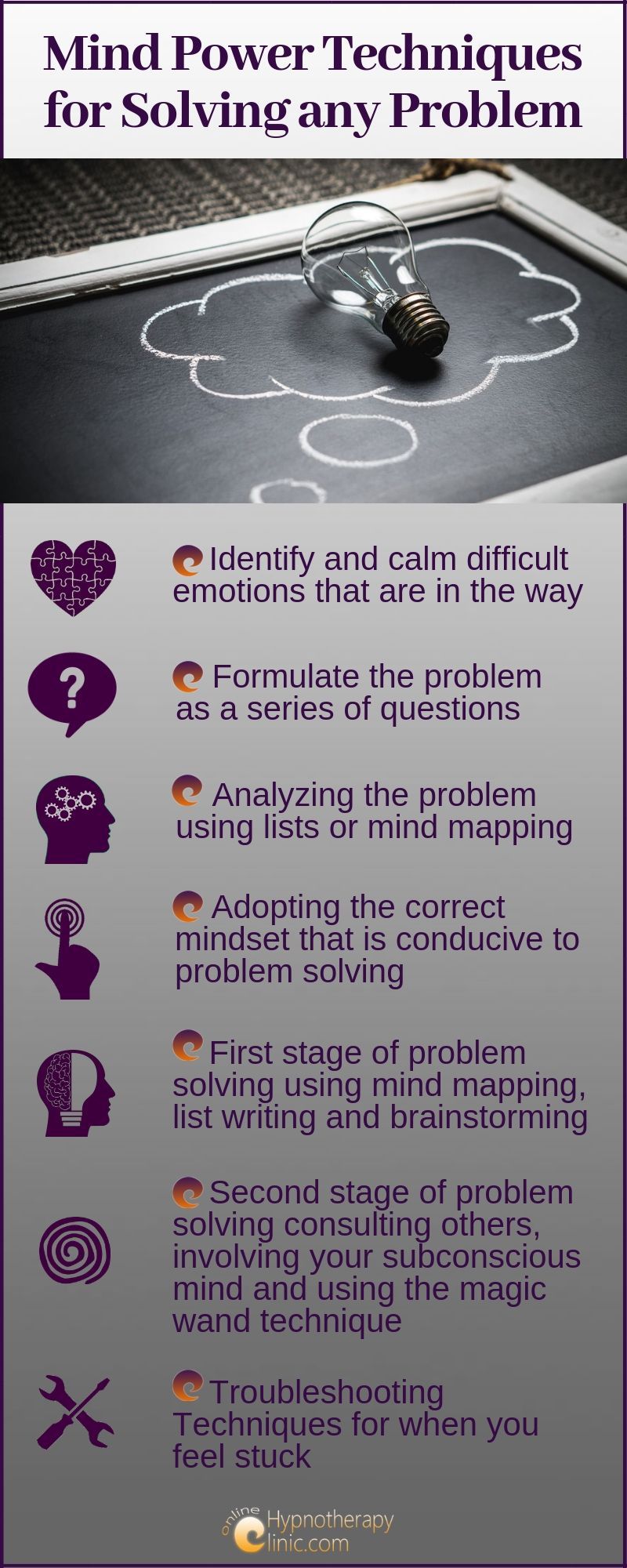
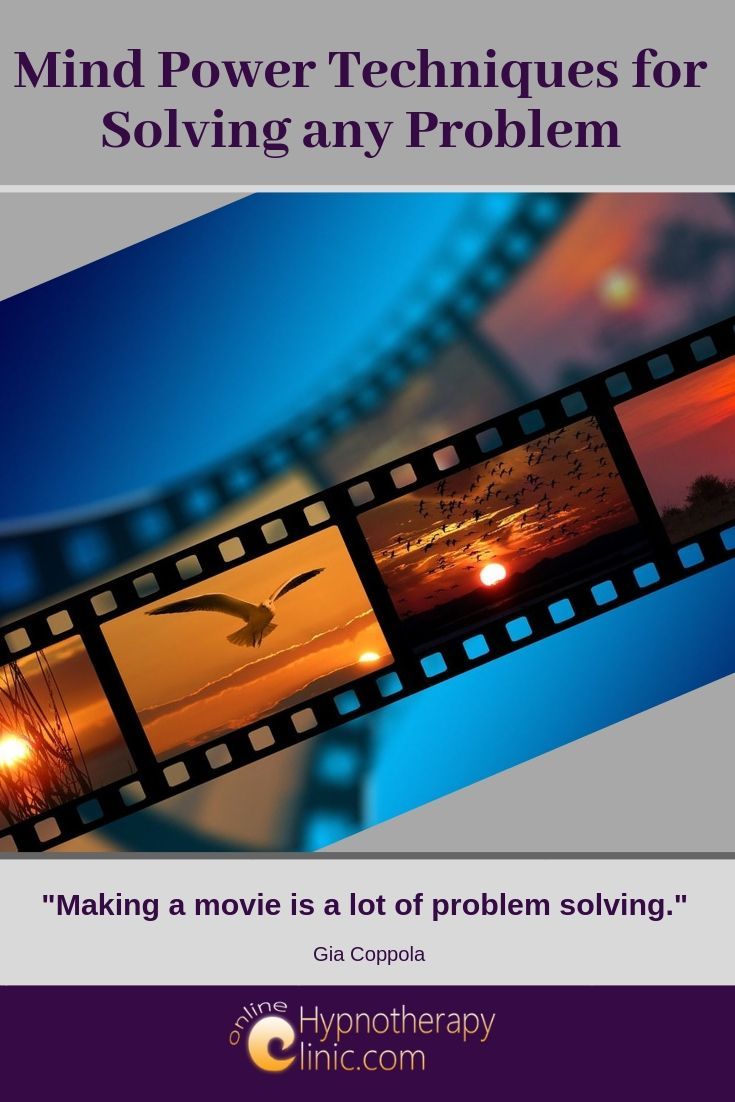
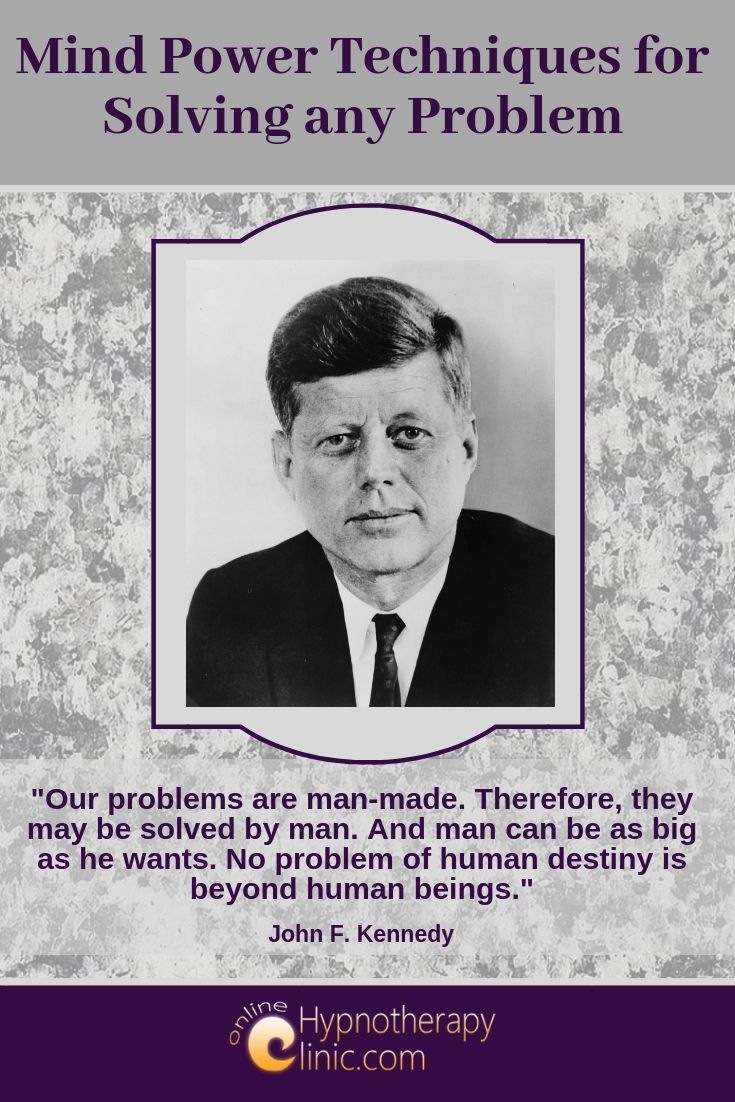
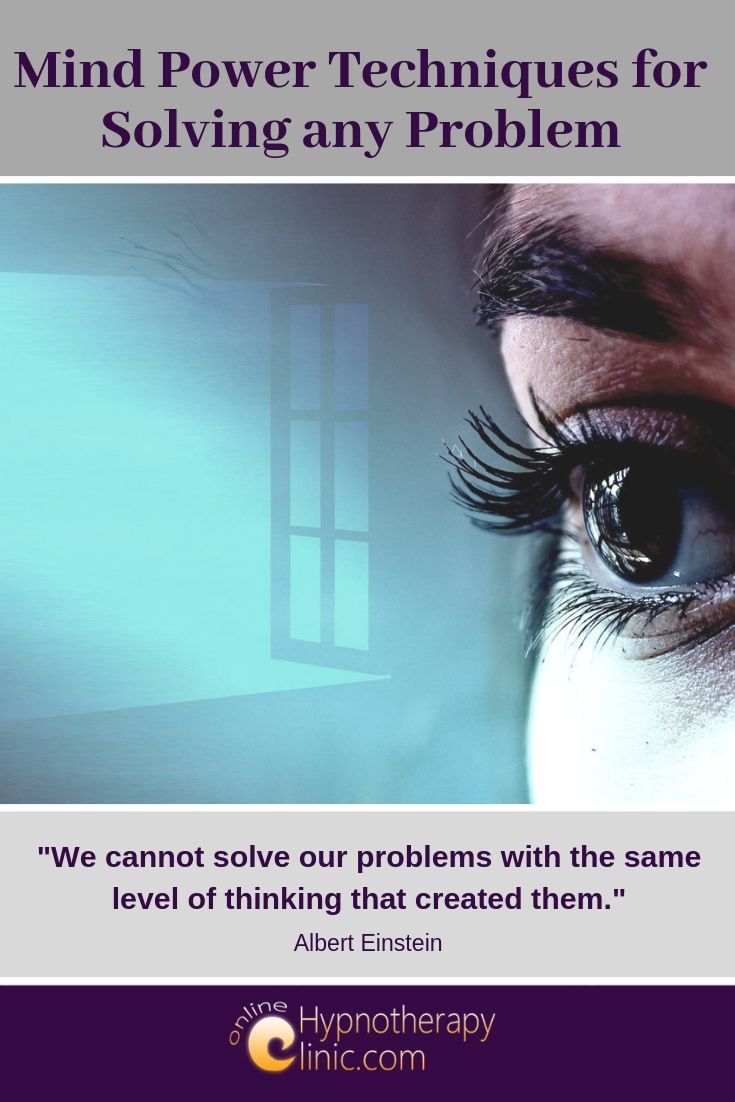
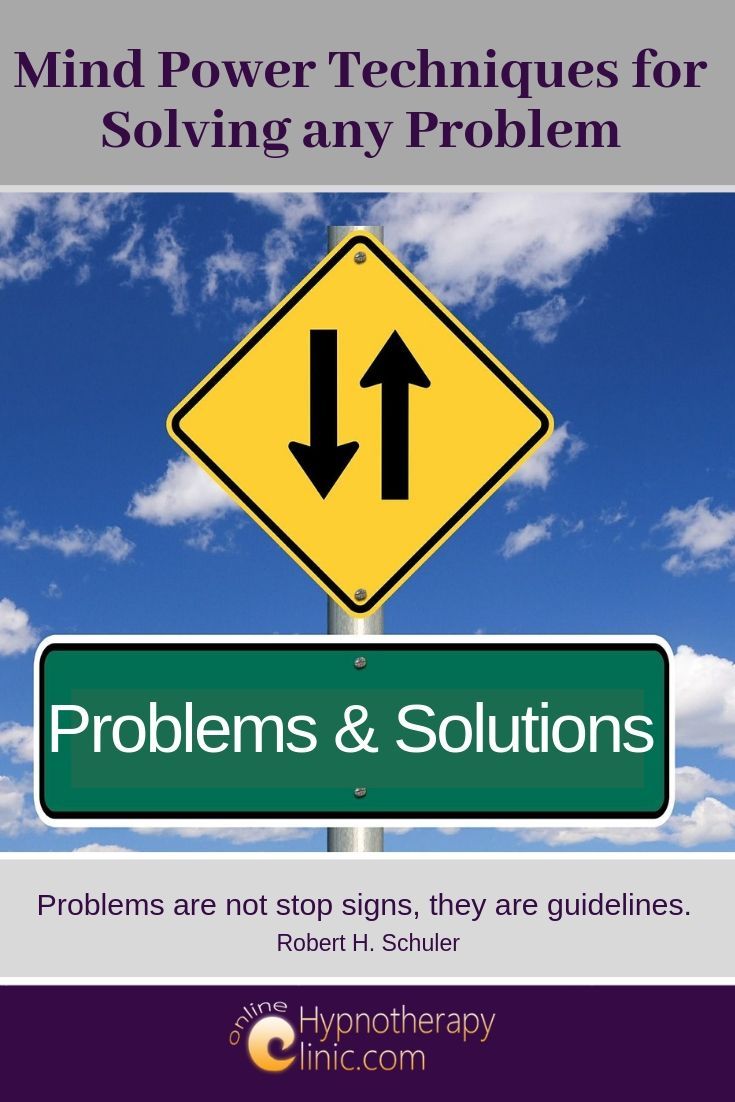

New! Comments
What do you think? Leave a comment in the box below.